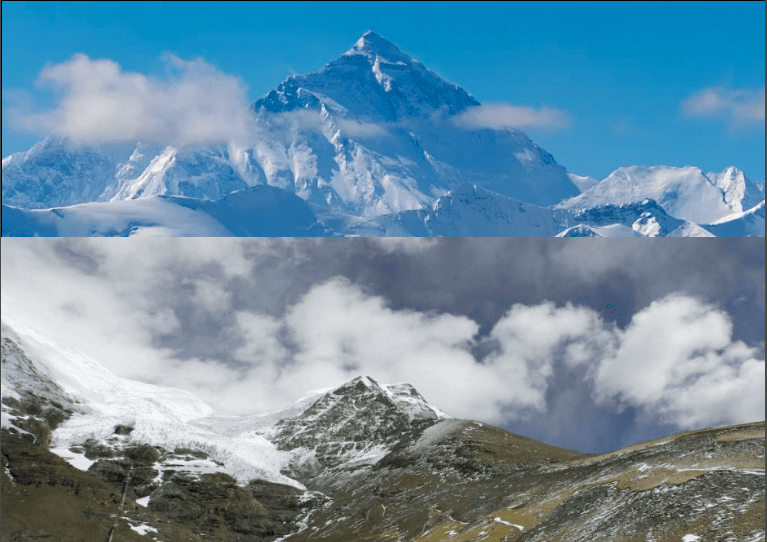Scientists say release of “potentially dangerous bacteria” could affect China and India

Scientists have found nearly 1,000 new bacterial species in snow and ice samples taken from Tibetan glaciers, sparking concerns that diseases could spread as glaciers melt due to global warming.
According to the new study, published last week in the scientific journal Nature Biotechnology, researchers assessed whether bacterial species trapped in Tibetan glaciers could reach other regions as the snow and ice melted.
Researchers, including members of the Chinese Academy of Sciences, collected samples from 21 glaciers in Tibet from 2010 to 2016 and analyzed what was left after melting the ice samples.
They found 968 unique bacterial species, 98 percent of which were new to science.
The new findings come nearly a year after scientists found ancient viruses trapped in glacier ice on the Tibetan plateau, some of which are more than 15,000 years old.
Ice caps and glaciers make up almost a tenth of the Earth’s surface cover, and a growing number of studies show they are melting due to the climate crisis.
A genome and gene catalog of glacier microbiomes https://t.co/lsIwysoVRf pic.twitter.com/wICwkeejwH
— Nature Biotechnology (@NatureBiotech) June 27, 2022
Scientists suspect that some of these trapped bacteria are infectious, especially to modern plants, animals and humans, who are not immune to these ancient microbes.
“These microorganisms may have novel virulence factors that make plants, animals and humans vulnerable,” the scientists wrote in the study.
Such ancient and modern pathogenic microbes trapped in glaciers “could lead to localized epidemics or even pandemics,” the researchers warn.
The newly discovered bacteria in the current study also come from a region of the world of particular importance: Here, melting snow and ice feed several rivers that flow into densely populated areas across China and India.
“The Tibetan Plateau, known as the water tower of Asia, is the source of several of the world’s largest rivers, including the Yangtze, Yellow River, Ganges and Yarlung Tsangpo River (Brahmaputra River),” the researchers wrote:
The release of potentially dangerous bacteria could affect the world’s two most populous countries, China and India.
In future studies, scientists hope to assess whether microbes released by melting glaciers into rivers around the world pose a threat to plants and animals living along the riverbed.
Source: https://www.independent.co.uk/climate-change




